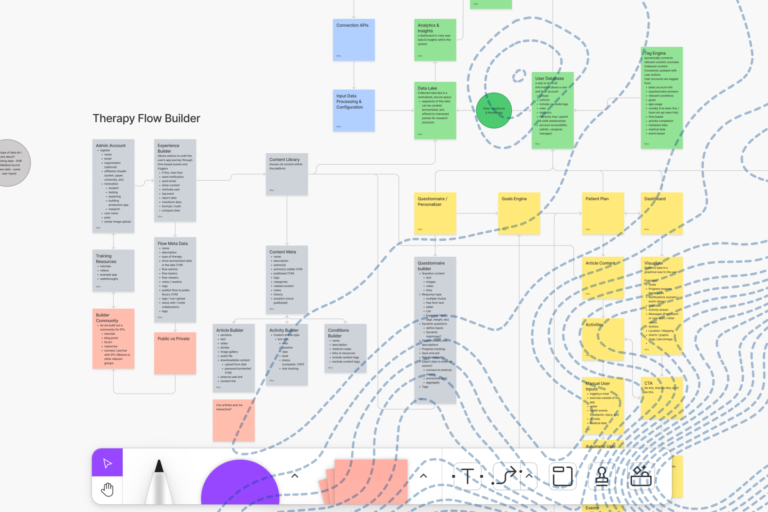We have always wanted to create a diverse and inclusive environment at Arcweb Technologies; that said, the events of the past year have reminded our team that an organization needs more than good intentions to make a real change. When George Floyd was murdered last summer and our city erupted in protest, the overwhelming sentiment was that change couldn’t wait any longer. We at Arcweb believe that businesses have a duty to be a force for good, do the right thing, and be a role model.
Before we took any specific action as a company, we did two things:
- First, we paused as individuals to offer support to each other and discuss how we should move forward as a group. We knew we didn’t want to stay silent, but we needed an actionable plan for how we would evolve as a company and become better anti-racists.
- Next, we decided to embark on a company-wide diversity, equity, and inclusion (DEI) initiative. The decision prompted us to establish an official DEI Steering Committee whose purpose is to lead the company in evolving our processes and work culture to continually apply a lens of equity and inclusion to everything we do.
5 DEI Strategies To Consider When Your Team is Small
The size of our company proved to be a unique challenge in formulating a DEI strategy. Arcweb is a small and lean organization—however, most DEI best practices are tailored for large organizations with more employees and more resources. And we’re far from the only organization to face this challenge: 99% of all businesses in the U.S. have fewer than 500 employees.
Here are five useful considerations for small to mid-sized companies that are implementing a DEI initiative.
1. Be realistic about your company resources
We found that a lot of DEI experts recommended adding a C-level position to be responsible for leading our company’s long-term DEI commitment. While this is a good solution for larger organizations, creating a new full-time position might not be the answer for smaller companies with fewer resources. We also considered hiring a general DEI consultant, but after exploring further, we decided to allocate resources to other specific DEI functions.
We’re fortunate to operate in the larger Philadelphia community, an area where we have access to DEI experts who are willing to advise and guide us in an effort to create a more inclusive community. For smaller organizations, cultivating DEI relationships in your community and finding opportunities to share best practices with organizations of similar sizes can be a powerful tool.
We ultimately took the steps to build a diverse, dedicated group of staff to work on tactical change. The financial resources we would have used to hire someone could now be allocated to DEI resources for existing staff and furthering our community outreach. As our DEI function matures, we’ll be better positioned for the services of outside consultants and one day, a dedicated DEI-focused team member.
It’s important that your company establishes a dedicated budget for DEI. Setting investment plans for the initiative ahead of time will allow you to allocate funds strategically, rather than requesting resources as you go.
Your time investment is just as important as your budget. Making your DEI initiative the same level priority as other business objectives is critical to keeping momentum. Our DEI Steering Committee chose to meet weekly for a half-hour to check in on work in progress and discuss long-term objectives in separate monthly hour-long meetings.
2. Outline high-level objectives early, and keep them broad
Our senior leadership considered how to make DEI a long-term commitment for our company and identified where we excelled and where we were lacking in terms of DEI. A simple assessment of our strengths and weaknesses, along with guidance from the B Corp Foundation, led us to outline four high-level, broad DEI objectives:
- Measurement and Assessment
- Training
- Talent Pipeline Management
- Community Outreach
We identified several action objectives that fall under these four main objectives. While these specific goals may change over time, we expect these four areas to be the core framework of our DEI efforts.
3. Engage all staff who want to be involved
We ended up hand-picking a group of six employees to form the inaugural DEI Steering Committee to ensure fair representation across the organization. (Six seemed like an appropriate group size in comparison to our company size.) We aimed to make the group as diverse as possible across gender, race, department, and seniority level.
The DEI Steering Committee is responsible for forming recommendations and holding leadership accountable for making necessary organizational changes, but we have committed to engaging all staff in the DEI initiative and ensuring everyone at Arcweb plays a role in shaping our efforts. This choice ensures that every voice at Arcweb is heard, results in the best breadth of DEI tactics, and encourages staff to participate in DEI activities like surveying and training. We plan to use anonymous surveys as a resource to garner feedback throughout the year and to have an open-door policy with all staff to bring any thoughts or concerns to the committee.
4. Prioritize effectively and discuss long-term objectives
When we first formed our six-person DEI Steering Committee, we immediately felt overwhelmed by looking at our broad objectives. It was hard to figure out where to start. The solution was to focus on quick, meaningful action.
While we had all sorts of ideas on how Arcweb could take action, we stayed grounded and identified the low-hanging fruit. There were two primary things on our list that we chose to implement first: surveying and training. We split the committee into two groups and sought out resources curated by experts for both categories.
We are currently in the process of distributing our first inclusion survey to all staff, which will help to inform our future DEI efforts. New training will also be rolled out within the first half of 2021. We’ve had to remind ourselves that it’s not a race, it’s a marathon—and we will get to everything in time.
5. Be vulnerable in your community and learn from others
When it comes to DEI, it’s better to begin somewhere and learn as you go than to do nothing at all. An organization with good intentions shouldn’t be afraid to put its ideas out in the community for feedback and pivot when needed. The members of our DEI Steering Committee are not expected or attempting to be DEI experts, so we feel confident seeking out expert resources from organizations similar to ours.
Our committee chairperson was recently asked to join the PHL: Most Diverse Tech Hub initiative led by Technical.ly, a plan to “position Philadelphia as one of the top—and most diverse—tech hubs in the nation”. We thought participating would be a perfect way to help diversify Philadelphia’s tech industry and a great medium to connect with fellow professionals who value DEI and sharing ideas with the community. Networking can be a powerful force in advancing DEI within your organization and community.
Arcweb’s DEI Pledge
As our DEI Steering Committee navigates its first few phases, we plan to learn, grow, and be a consistent voice both within our community and beyond. We hope other tech organizations, large and small alike, have the courage to institute bold DEI initiatives and share their experiences in their communities as well.
We believe that results are the real proof of success, and Arcweb is striving for purposeful action and endless improvement. Stay tuned for more updates and insights from our committee.
Thank you to the members of the Arcweb DEI Steering Committee, Siara Singleton and Shahrukh Tarapore, for their contributions and edits to this blog post.



